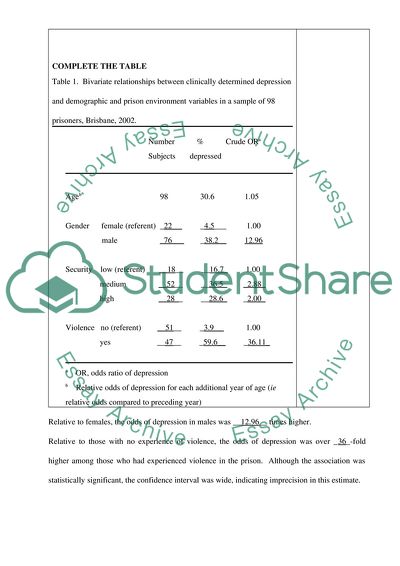Cite this document
(Relationship between Depression and Demographic Variable Assignment, n.d.)
Relationship between Depression and Demographic Variable Assignment. https://studentshare.org/statistics/1738489-quantity-survey-assignment-2
Relationship between Depression and Demographic Variable Assignment. https://studentshare.org/statistics/1738489-quantity-survey-assignment-2
(Relationship Between Depression and Demographic Variable Assignment)
Relationship Between Depression and Demographic Variable Assignment. https://studentshare.org/statistics/1738489-quantity-survey-assignment-2.
Relationship Between Depression and Demographic Variable Assignment. https://studentshare.org/statistics/1738489-quantity-survey-assignment-2.
“Relationship Between Depression and Demographic Variable Assignment”. https://studentshare.org/statistics/1738489-quantity-survey-assignment-2.


